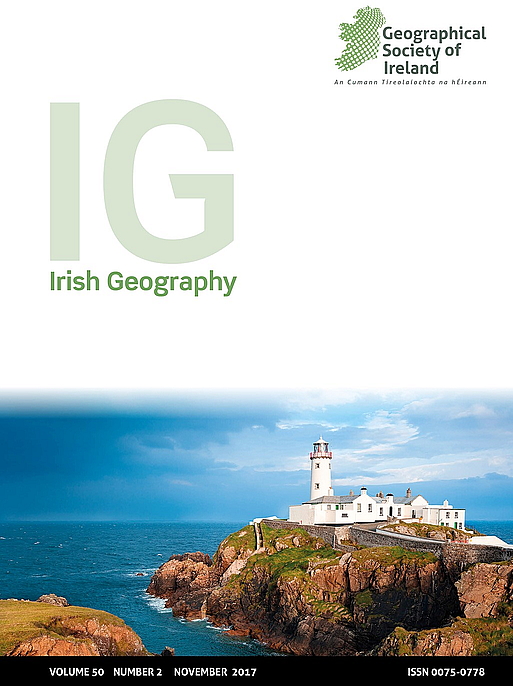Changing Gender Roles in Irish Farm Households: Continuity and Change
DOI:
https://doi.org/10.55650/igj.2017.1321Abstract
Focusing on gender roles in farm households during the period 1987-2012, this paper draws on four discrete qualitative studies to identify and chart selected continuities and changes shaping contemporary farm households. In Ireland, there are roughly 140,000 farm enterprises with the vast majority managed and operated by farm households. As a social unit, the farm household has been subjected to substantial change over time. Whilst some of these changes represent distinct breaks from the past, others are continuations of trends that have been at work within farm households over decades. These developments have impacted on the micro-interactions within the family, resulting in significant structural changes in broad social relations and, to a lesser extent, impacted on gender roles in farm households. The paper explores these developments by focusing on four aspects of gender relations that reflect continuity and change: women’s employment on and off the farm; how farming institutions have viewed and interacted with men and women over time; inheritance, the transfer of property and the question of divorce; and gender identities within the family farm. The paper establishes that, whilst there were substantial changes in gender roles within the farm family, we conclude that these are not reflective of the dramatic change in broader social relations. This, in part, reflects the co-option of women’s identities in order that the work identity of the male farmer, as the decision-maker and the person in charge, be maintained.Downloads
Published
2018-01-31
How to Cite
Shortall, S. (2018). Changing Gender Roles in Irish Farm Households: Continuity and Change. Irish Geography, 50(2), 175–191. https://doi.org/10.55650/igj.2017.1321
Issue
Section
Articles
URN
License
Authors who publish with this journal agree to the following terms:- Authors retain copyright and grant the journal right of first publication with the work simultaneously licensed under a Creative Commons Attribution License that allows others to share the work with an acknowledgement of the work's authorship and initial publication in this journal.
- Authors are able to enter into separate, additional contractual arrangements for the non-exclusive distribution of the journal's published version of the work (e.g., post it to an institutional repository or publish it in a book), with an acknowledgement of its initial publication in this journal.
- Authors are permitted and encouraged to post their work online (e.g., in institutional repositories or on their website) prior to and during the submission process, as it can lead to productive exchanges, as well as earlier and greater citation of published work (See The Effect of Open Access).


